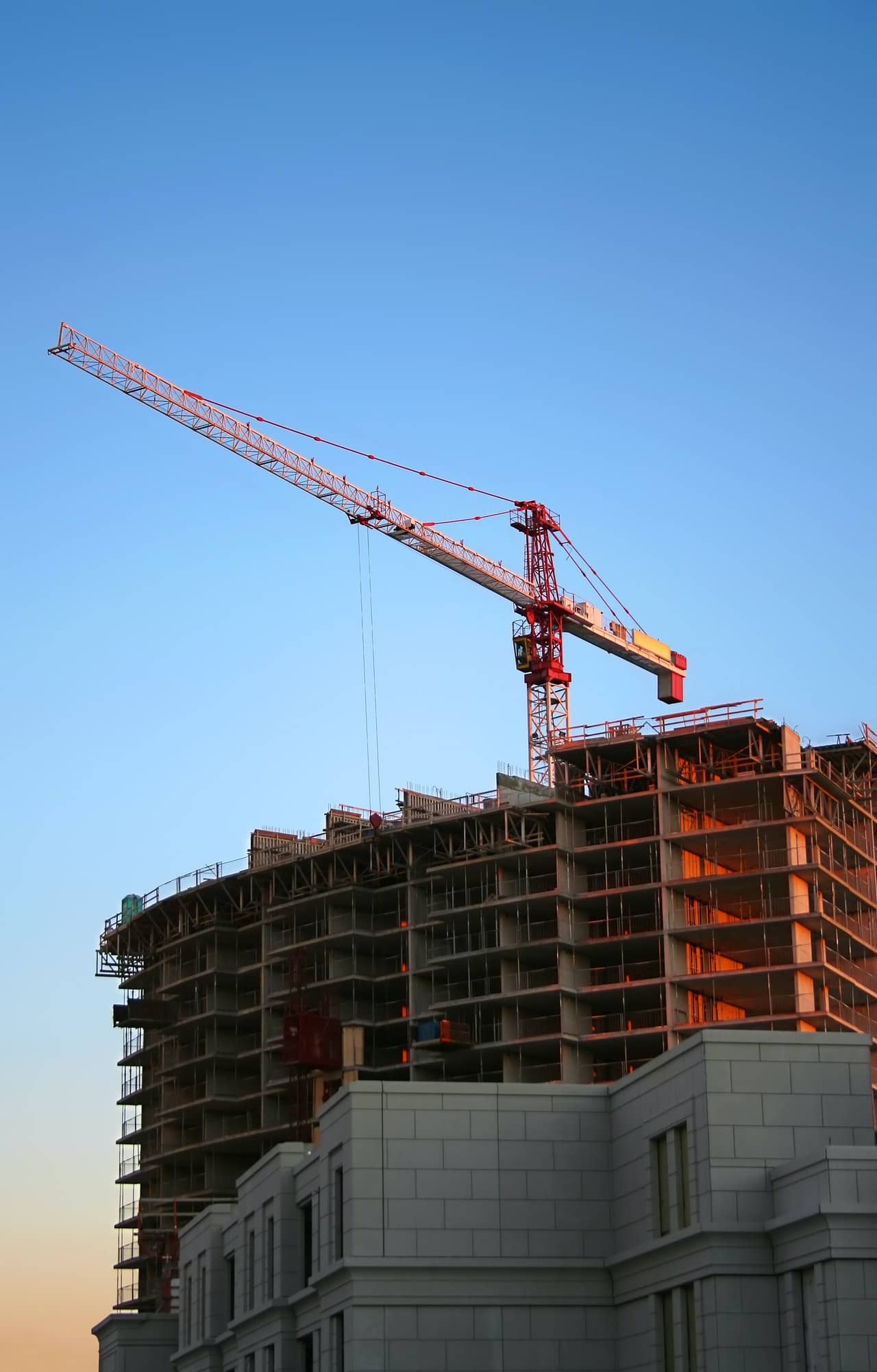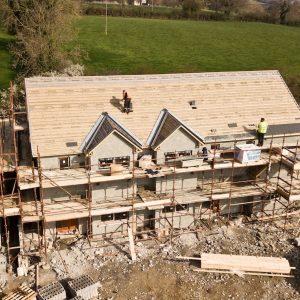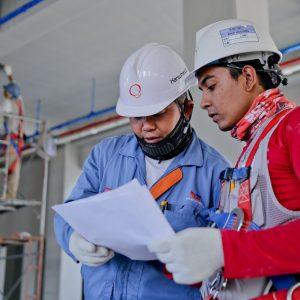Many cities around the world are defined by the buildings found in them. Examples include the Eiffel Tower in Paris, France, the Big Ben in London, England, the Opera House in Sydney, Australia, and the Empire State Building in New York City, America.
Trends in construction industry
With that in mind, let us explore five of the most relevant trends in the construction industry today.
Better, more reliable equipment
When it comes to construction, speed should not come at the expense of quality. You have to be very careful in choosing the right materials like the grp profiles sold by reliable sellers. Needless to say, if things are not done well, accidents may happen, many of which could result in the loss of human lives.
As such, it is vital for all involved in the industry to do things quickly and effectively and with as little error as humanely possible.
Fortunately, we live in a time when these two things are complementary to one another. Today, real estate and construction companies use JLG, Doosan, Sany, and Bobcat construction machines for the vast majority of their projects. And by doing so, they are providing their employees and clients the safest, most reliable office buildings, apartment complexes, infrastructure facilities, and homes.
An emphasis on safety
We previously mentioned the importance of utilizing the proper tools in all kinds of construction projects. But what about the people involved in these endeavors? What about the thousands of construction workers, project managers, engineers, architects, and other individuals working on small and large-scale projects? How is their safety being prioritized and guaranteed by the enterprises that hire them?
As with most things in life, we have technological development to thank for in this ambit. Aside from traditional protective equipment like helmets, high visibility vests, and fire-resistant suits, construction staff now have access to high-tech respirators, night vision goggles, gas and heat sensors, and smart health monitors. As a result, they can focus on what they should be focusing on, and that is their work.
A clear vision
Even a quarter into the 21st century, mockups are still very popular in the world of construction and architecture. If you are not familiar with the word, is it simply a miniaturized replica of what a building, tower, or house will look like. Among other things, firms use them as props to display their upcoming projects to possible buyers and guides for themselves to follow schedules and meet deadlines.
Still, there are better alternatives for the latter. One of them is using virtual and augmented reality systems that use precision software and state-of-the-art technology to visualize with incredible accuracy what a finished project will resemble. In addition, they can provide various kinds of measurements and milestones for every step along the way, thus serving as essential guideposts for construction companies and engineers.
Up, up, and away
At present, the Burj Khalifa in the city-state of Dubai is the tallest building in the world. Standing more than 828 meters above ground, it has held this honor since it was completed in 2010. Scheduled to be finished before the end of 2025, the Jeddah Tower in Saudi Arabia will take us 1,000 meters closer to the stars. Soon after, other taller projects will reach their end in cities like Shanghai, China, and Seoul, South Korea.
People have been dreaming about imposing structures since the beginning of time. Yet, it is not until now that we have developed as a species to such an extent that our only limits appear to be our imaginations. As inconceivable as might have once sounded, two and three-kilometer-long edifices are no longer just an unreachable dream.
The color of hope
Some people say red is the color of love, black is the color of sadness, yellow is the color of optimism, and white is the color of innocence. In case you have not guessed it already, most agree that green is the color of hope. It is a hope for a better future, one defined by a balance with another thing that is also green, nature.
Governments have been talking about sustainability and environmental protection in construction for years. Nevertheless, it is not until very recently that real progress has been made, and smart cities appear to be a future norm of civilized societies. In Scandinavian countries like Denmark, Sweden, Norway, and Finland, local leaders and the private sector are already collaborating on projects to reduce our carbon footprint and improve our world for the generations to come.
Final words
We have taken a look at five of the most important trends in the construction industry today. They are better construction equipment, employee safety, augmented reality, hyper-tall structures, and going green. In an ever-evolving corporate arena, they are likely to remain relevant for many years to come.





